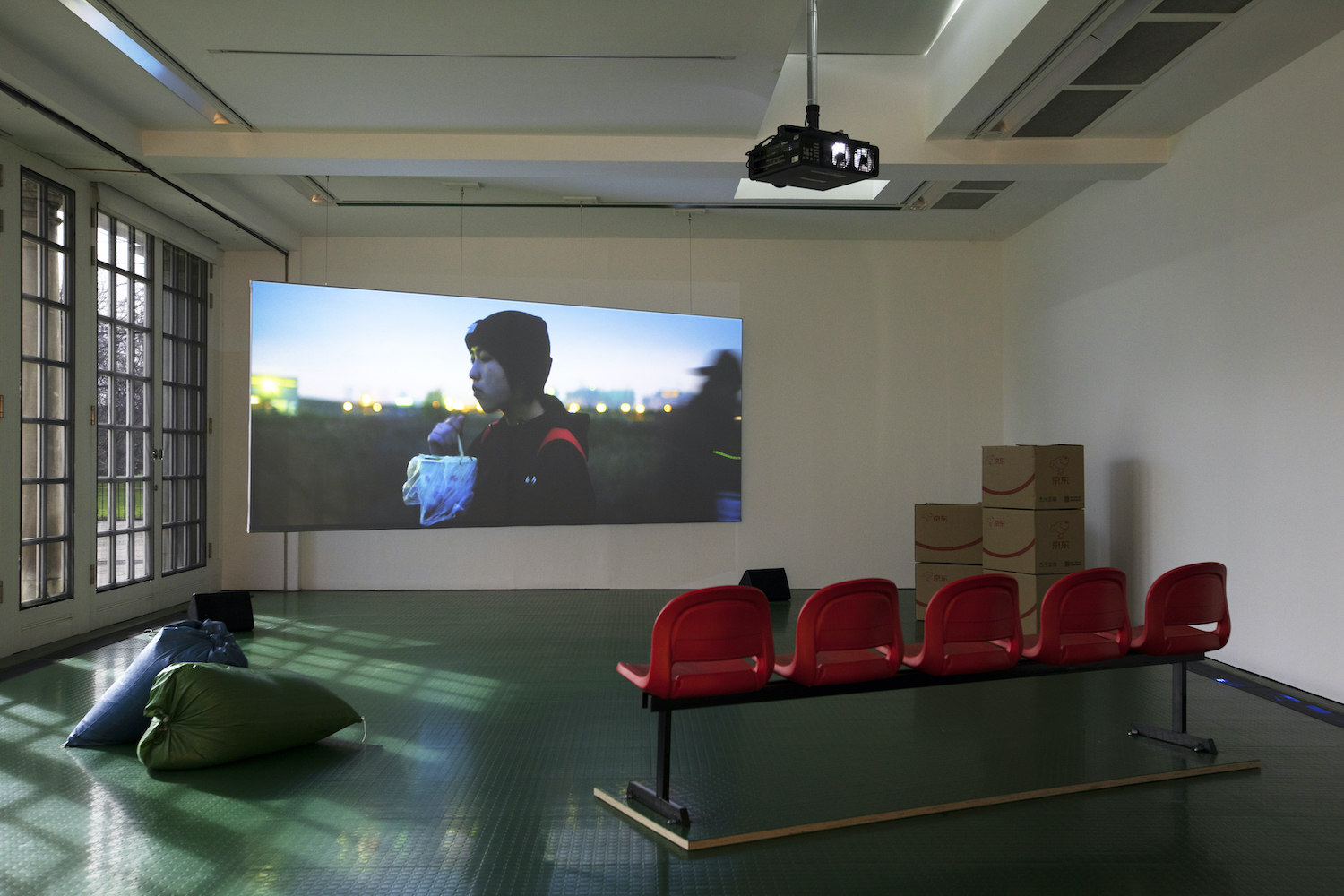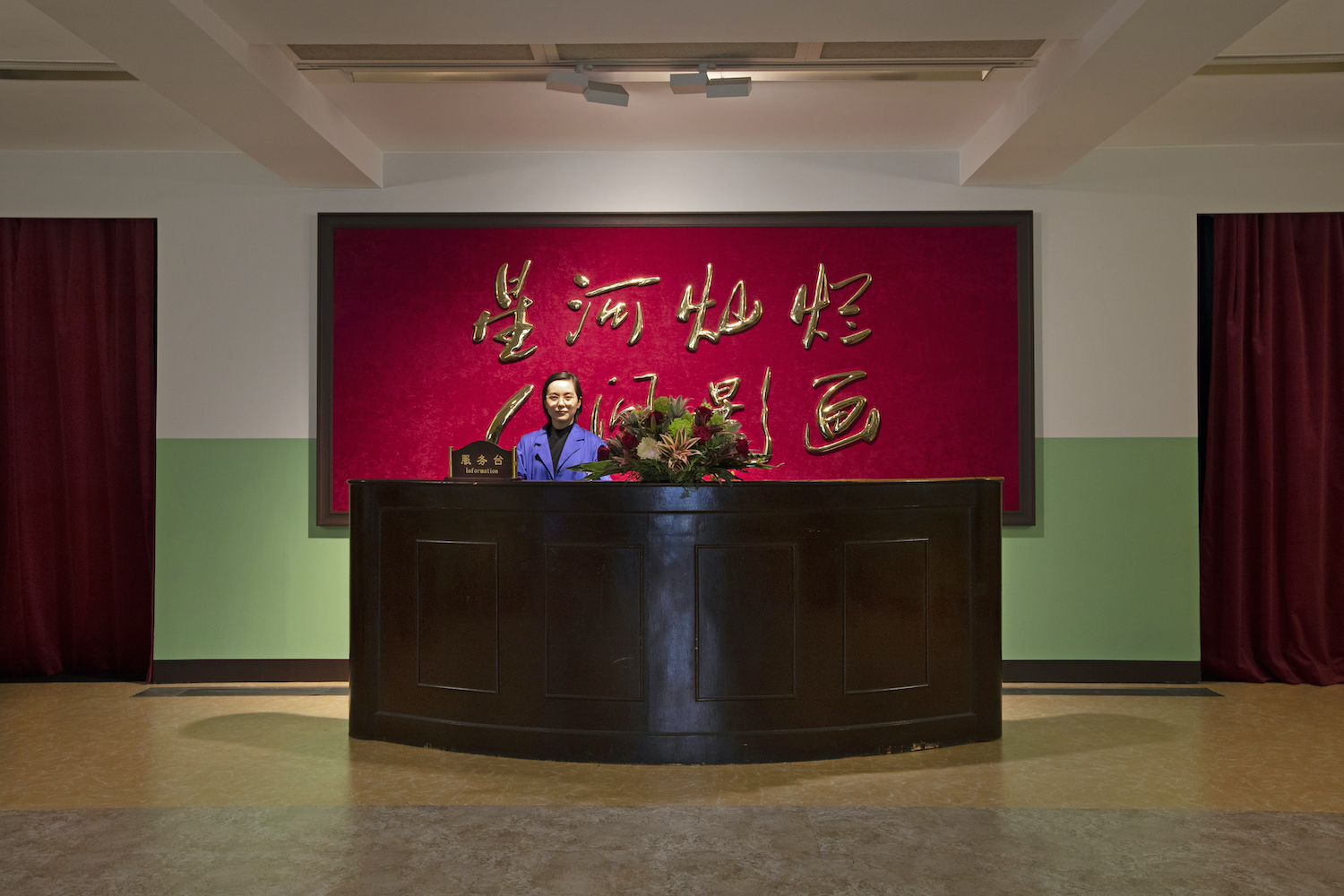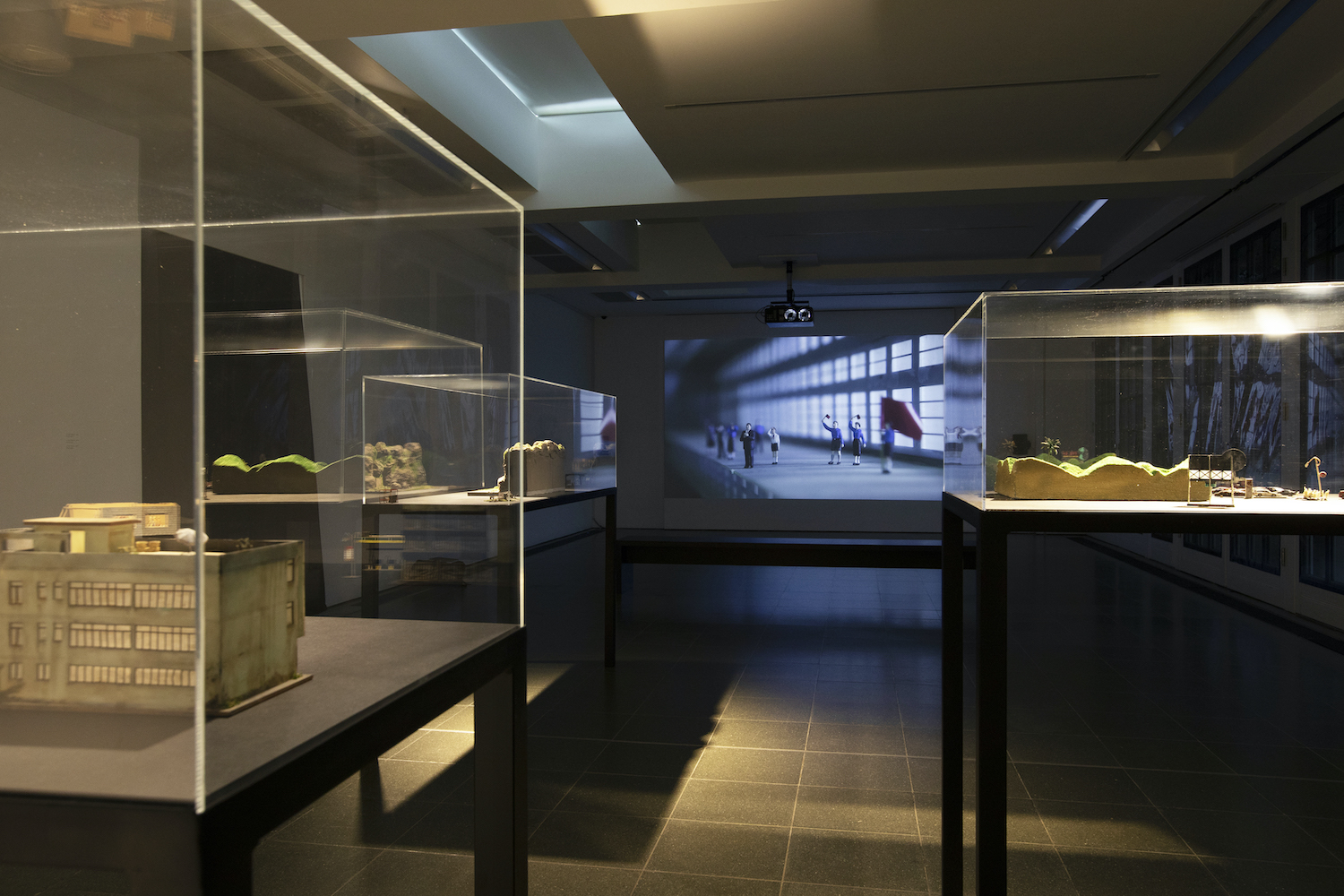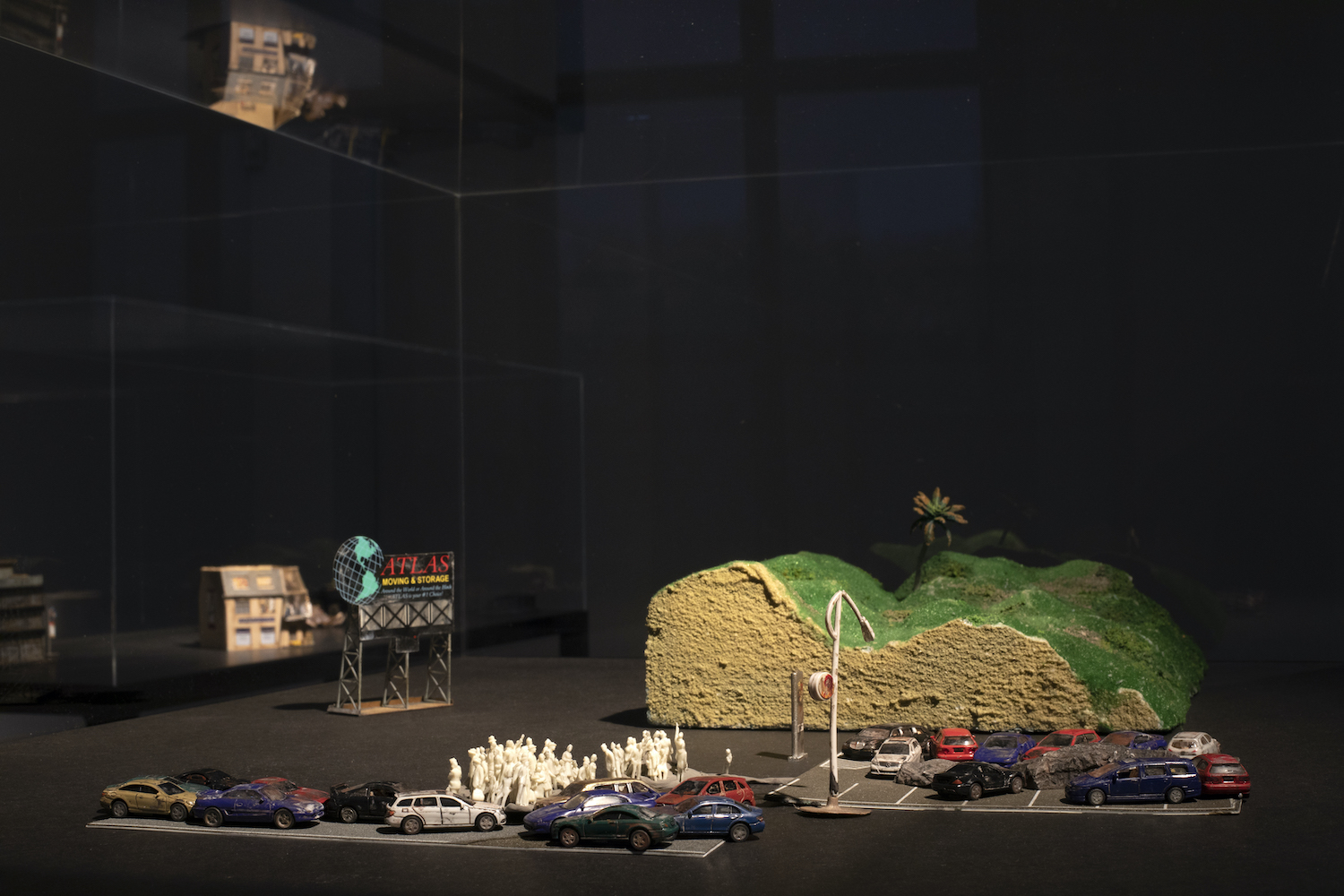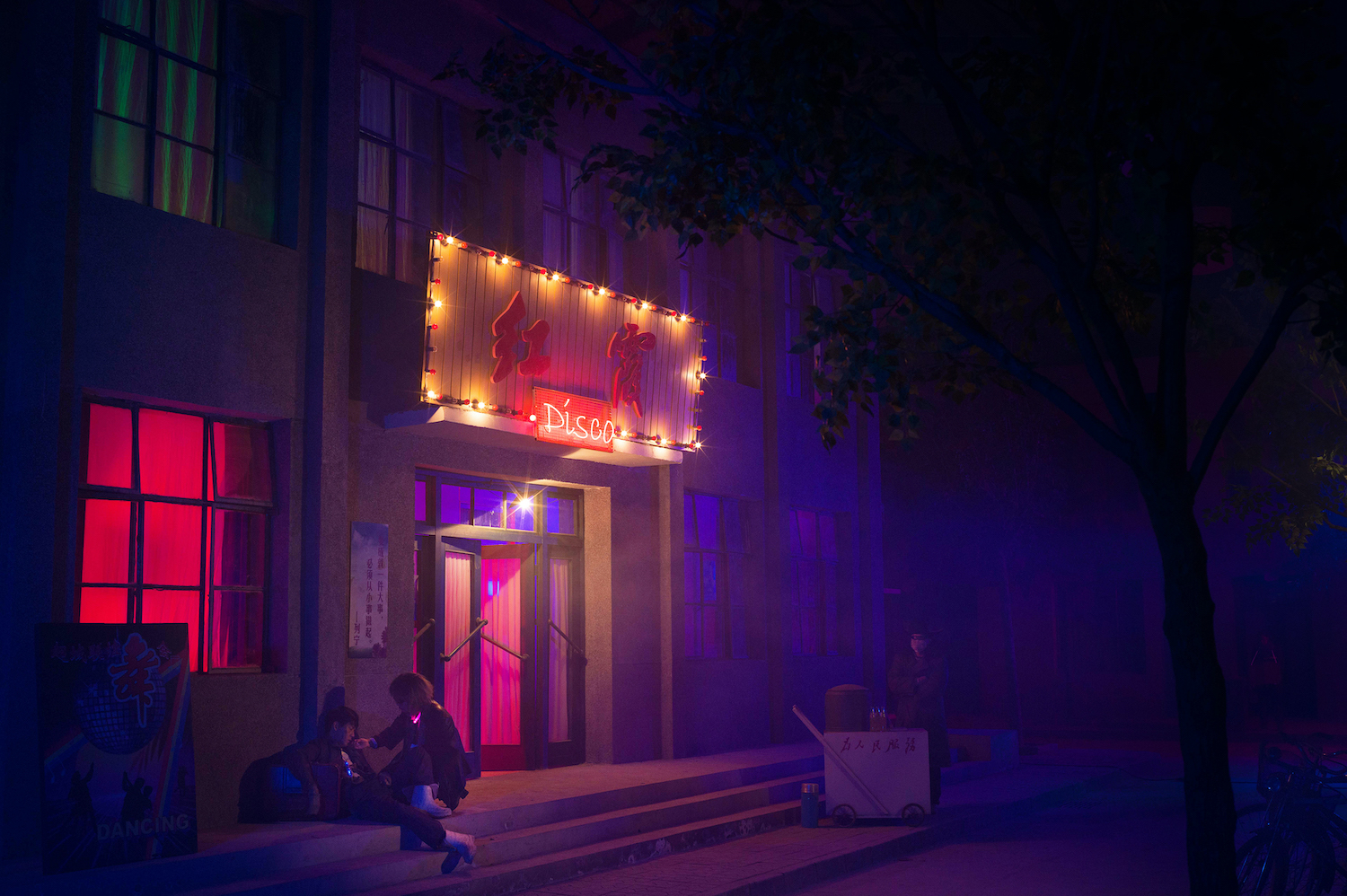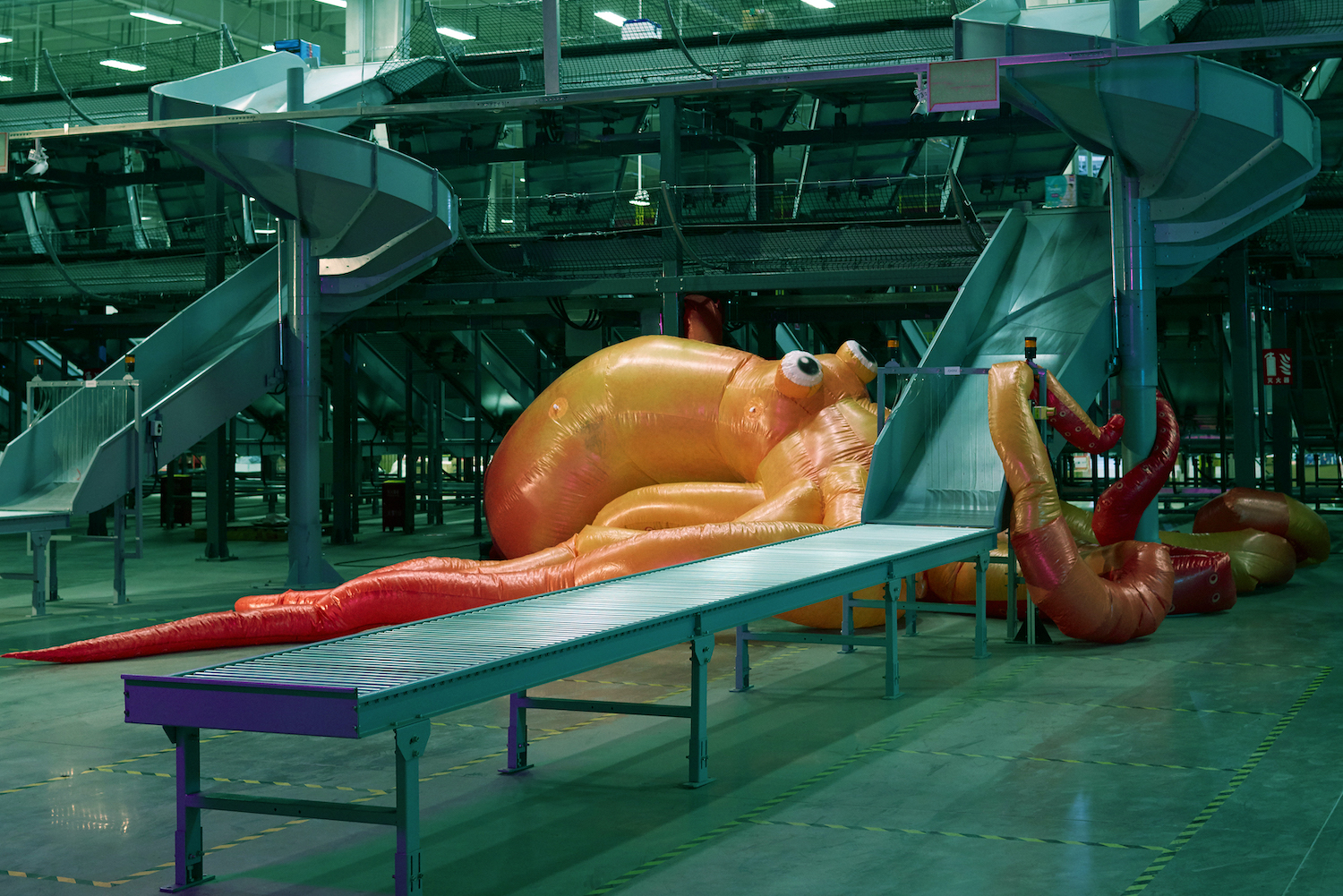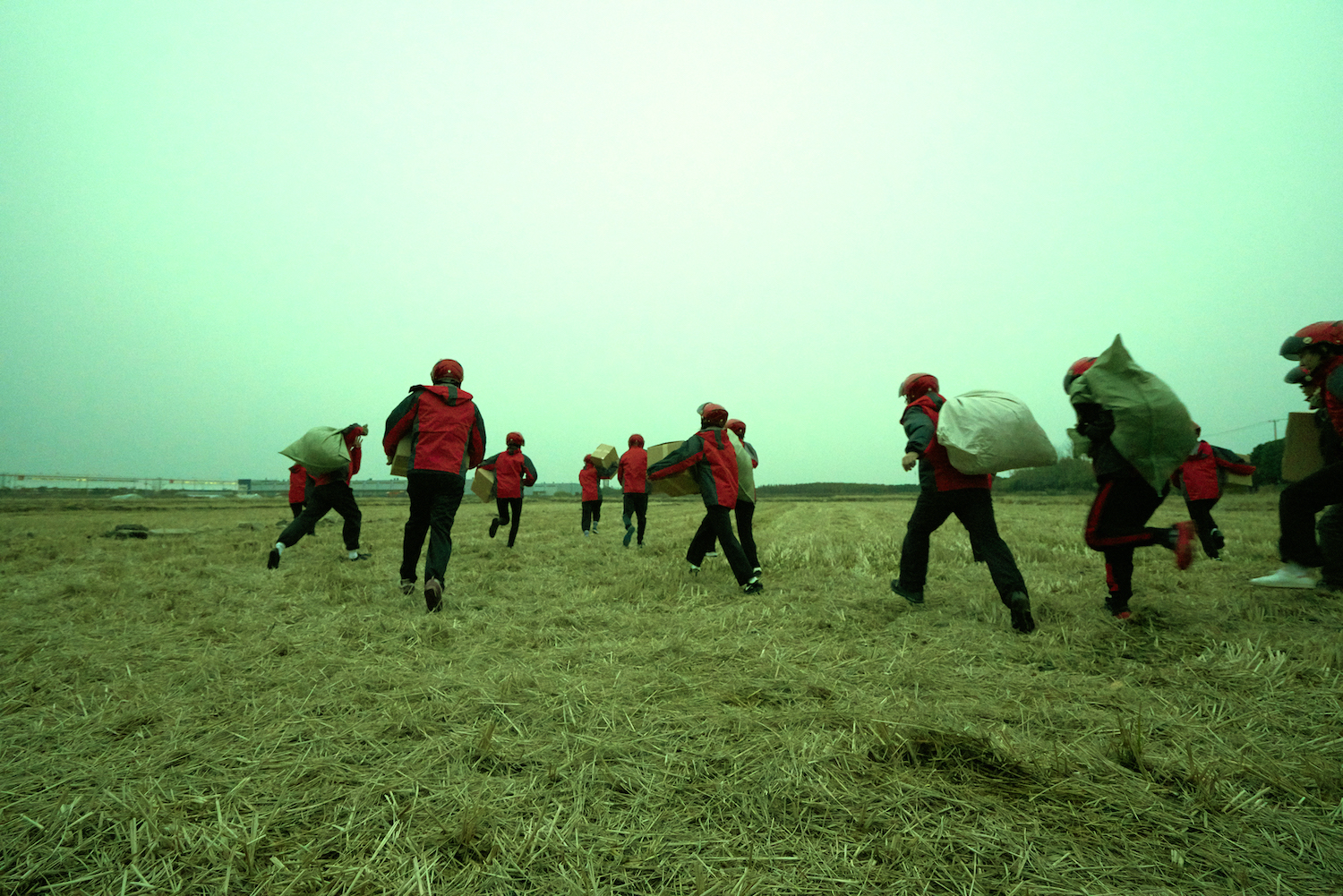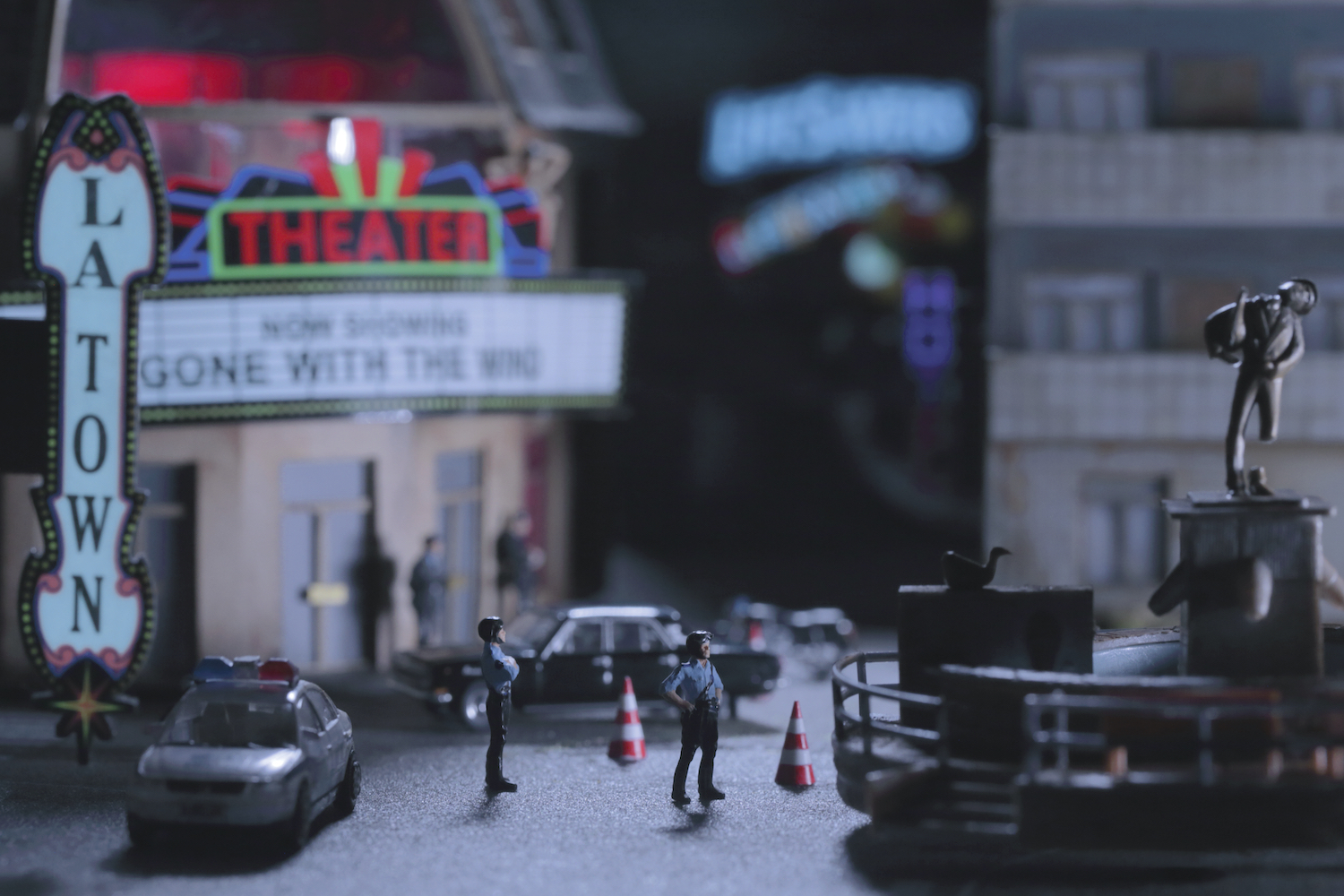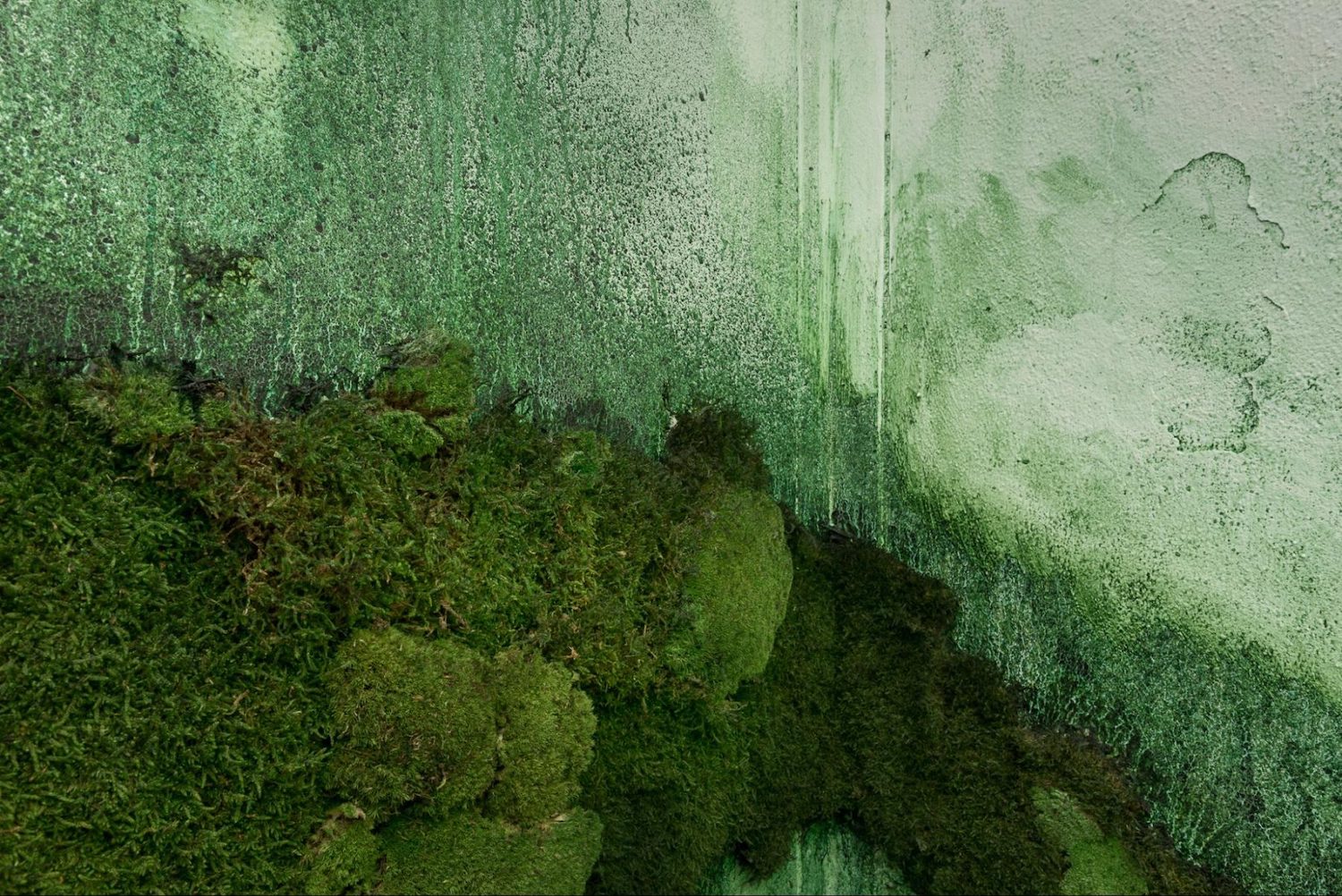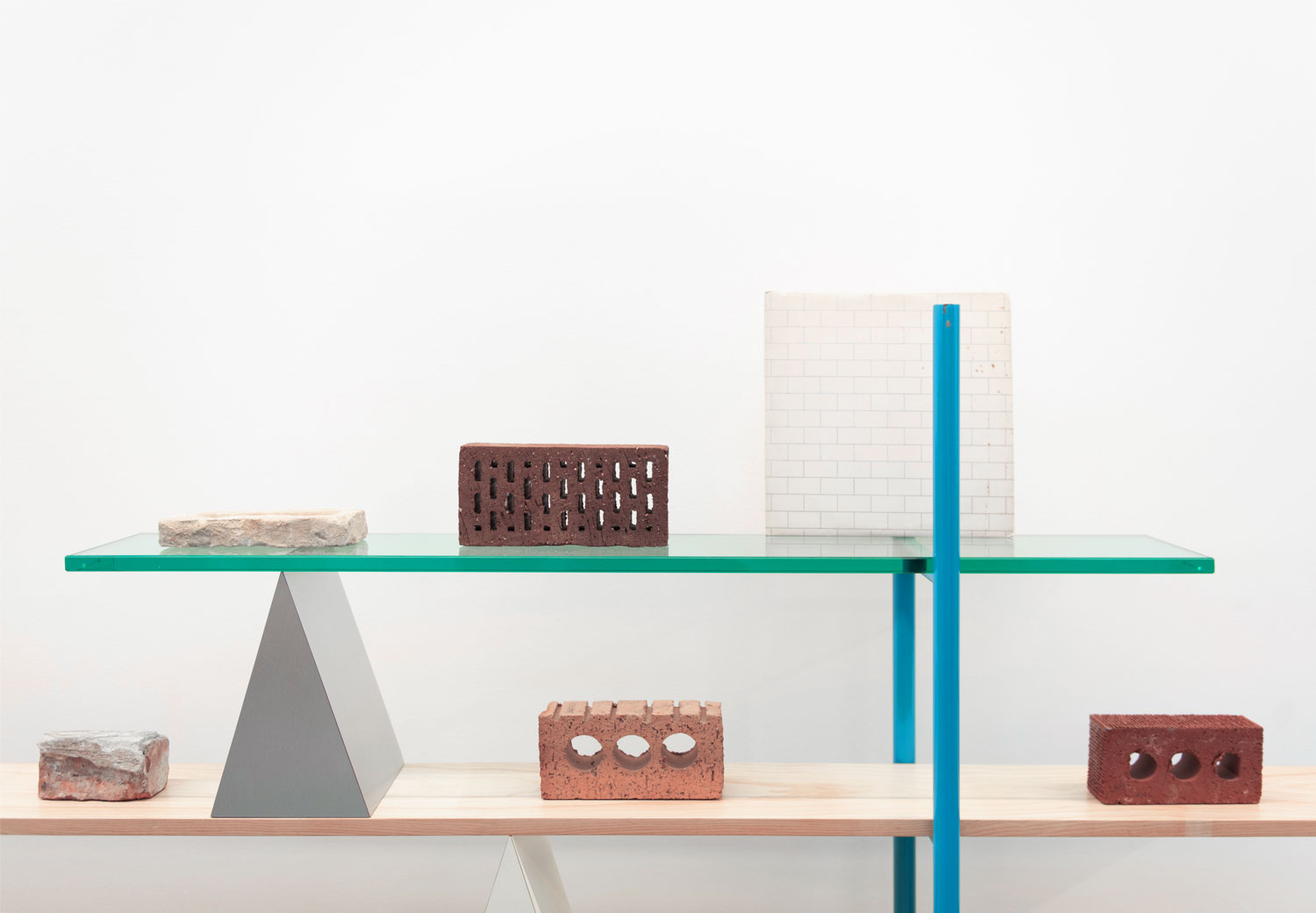“Blueprints” at the Serpentine was the last show I saw before the entire world went home to flatten the COVID-19 curve. If this was my farewell to the art world (as well as the world) as we know it, there could have been no better closure than the long-awaited Cao Fei show.
Walking into the Serpentine galleries, I was struck by how the space looked nothing like itself. The South Gallery has been turned into a replica of Cao Fei’s Beijing studio, which is located in a former cinema and community space called the Hongxia Theatre — a historically significant space throughout the transformation of the neighborhood it resides in, Jiuxianqiao, and the socialist industrialization of China. The ATM placed in a corner of the gallery shows a compilation of videos that are parts of Fei’s longstanding project dedicated to the theater and that includes interviews with various people’s accounts of the space. The entrance room of the exhibition is one of the greatest examples I have come across of how to approach archival information or how to build a historical case study. With great care, it takes into account the physical form of the theater, its historical context, the original content produced for this context, the locality of the space, the neighborhood in the current context as her studio space, memories, connotations, and implications for many who interact with this designated space. It is aware of its partiality but nevertheless presents a nonhierarchical narrative of the space.
The two rooms on two sides of the green-walled theater (and gallery) entrance — the VR rooms I’m later told — are suspended for “health and safety reasons.” I take a quick look inside but am earnestly warned away by one of the invigilators. Slightly unsettled, my experience of the show must remain partial for the time being.
Nova is on display behind black curtains in the North Gallery. Once inside the pitch-dark room I try to figure out how close I’m standing to the person next to me; my experience of watching the 109-minute retro sci-fi film is dictated by the funny distorted mirroring of my physical distancing strategies and the failure of lovers on screen to rejoin. Watching Nova, I find myself thinking about love, intimacy, and touch among many other things we often associate with love and that we need to refrain from these days.
In the West Gallery, La Town, a 2014 stop-motion animation, presents a postapocalyptic abandoned city. It’s exactly how I’d imagined the end of the world to be. You are bombarded with visual and auditory stimulations that, for a brief moment, very intuitively make you question whether it’s still going on. But it is indeed the end of the world. Elements akin to millennial aesthetics, mimicking memes and popular social-media references, and a certain kitschy look are conspicuous features of the video. The sets and objects used in its production are also displayed as real-life models in the same room. Emptied supermarkets, train stations, and places that may well be in Berlin appear on the screen: a semi-fictional, postapocalyptic world of sex, alcohol, dance scenes, and living beings (whoever or whatever’s left) in a dying town in intensive care. Funnily enough, only elements of nature that pop up every once in a while look lively and radiant. Everything else hovers near death.
As an octopus undulates in the art gallery on the screen, I can’t help but think of all the dystopian future portrayals, paranoias, speculative narratives, urgencies, and crises we have cultivated and that have long crept into the spheres of art institutions and academic discourses. Then, I lose sense of a position. A general sense of abeyance is highly present in many of the works. We are stuck between living and death, fantasy and reality, human and posthuman, history and, if there is one, the future.
The East Gallery houses Whose Utopia, an older work of Fei’s that again brings together reality and fantasy through workers at a factory in China’s industrial region, and Asia One, a video from 2018. Window films in the gallery play into the dystopian atmosphere created inside as well as the one going on outside at Kensington Gardens in Hyde Park. I sit on a bench and look outside to see a few people walking wearing white masks, gloved hands and huge coats covering most of their bodies. The electronic music blasting from the video switches to disco, but even that’s not enough to break the eerie feeling one gets in the foggy room with the overwhelming smell of plastic bags.
Watching Asia One, I am amazed by Fei’s skill at exposing the viewer to excessive stimulation paced in a dull and frustrating manner. I keep asking myself how can I be so utterly bored looking at such exciting images? But then I think this boredom is also the epitome of the heartbreaking and maddening nature of the times we are living in. Asia One brings forth many questions around bodies, labor, value, intimacy, and boredom in the time of automation and posthumanism. After my experience of the past couple of weeks, I would indeed add loneliness to this list. I realize once again how it is the end of something — it has long been. Not in an apocalyptic, doomsday-y kind of way, but something in regard to being human and relating has long shifted. It is constantly shifting as I type this in my quarantine setup. Sometimes I think this shift can be as exciting and open for anticipation as Cao Fei’s show. Perhaps this is exactly the time to imagine and create alternatives, when everything shakes, trembles, leaks, and collapses. This is why we are not stopping making art.
An old Kylie Minogue song that has been stuck in my head for the past couple of weeks somehow summarizes my mood walking around Hyde Park after leaving the Serpentine.
Ooh, is the world still spinning around? (Spinning around)
Ooh, I don’t feel like coming down
It’s in your eyes
I can tell what you’re thinking
My heart is sinking, too
It’s no surprise

